Expedition to Nuuk fjord
We recently travelled to Greenland to investigate marine productivity hotspots in Nuup Kangerlua, a 160 km (99.4 mi) long fjord in the Sermersooq municipality in southwestern Greenland.
This multidisciplinary 10-day research cruise aboard RV Sanna took us to the inner fjord to investigate why certain regions exhibit a particularly large biomass of fish and zooplankton. Efforts to understand what controls fjord productivity are particularly important given that ecosystem structure and functioning in this region are linked to the retreat of glaciers.
Research teams from Greenland, Germany, Denmark and Belgium worked together to investigate the hydrodynamics, bathymetry, biodiversity, primary and secondary productivity, and biogeochemical cycling in pelagic and benthic zones.
Our lab was tasked with performing benthic flux measurement in the sill areas of the fjord, which are highly turbulent regions with uneven seabed topography. For this expedition, we developed a new eddy covariance frame that allows integrating eddy covariance hardware into a vertical mooring, in consultation with Prof. Andreas Lorke at the University of Landau in Germany. Although this design was until now only tested in lakes, it performed very well in Greenland fjords and we foresee that it will become an established setup in oceanography for both pelagic and benthic studies. We are grateful to Prof. Lorke for generously sharing the technical drawings for this frame, and to the mechanical workshop at SDU who constructed the frame in record time!
The expedition was overall a great success with 8 high quality eddy covariance datasets collected in combination with ROV footage of complex and understudied benthic habitats. We discovered sponge grounds and cold-water coral reefs previously unknown in Nuuk fjord.
The cruise will be followed up with a workshop in late 2023 where results will be synthesized and publications prepared. We are grateful to Dr Lorenz Meire and Dr Sandra Maier for leading an excellent cruise.
For more information on this topic, see a publication by Dr Lorenz Meire and his colleagues just out in Nature Geoscience https://www.nature.com/articles/s41561-023-01218-y
Our participation was generously supported by the Danish Center for Marine Research https://www.havforskning.dk/
All photos are (C) Karl Attard





















